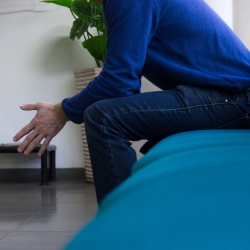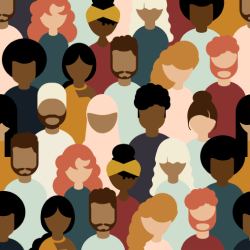“Those that fail to learn from history are doomed to repeat it.” Winston Churchill
History never repeats itself. Every single historical moment is distinct from those past. However, we must learn from our mistakes so that we do not run the risk of repeating them. Unfortunately, those involved in the bad decisions made between 1918 and 1920 during the Spanish Flu are not here to help us now. The lives lost during the Spanish flu taught us one valuable lesson: Transparent information is the key. In a world of social media and constant communication the ability to understand and process information is paramount.
I wonder … are we capable of learning from our ancestors’ valuable lessons, of which there are many? If you are not familiar with the history, a quick visit to the Government of Canada’s History and Culture website will surprise you with how eerily similar 102 years ago is to today.
The Spanish flu was a devastating and previously unknown form of influenza. The international pandemic deaths, estimated at between 50 to 100 million, claimed the lives of somewhere between 2.5 and 5% of the global population, and approximately 55,000 people in Canada.
Inadequate quarantine measures, powerlessness against the illness, and a lack of coordinated efforts from health authorities led to unsurmountable chaos. Countless nurses, volunteers, and members of charitable organizations risked their lives to ensure that a large number of the ill and their families survived. Sound familiar?
An early sign that we have in fact learned something came on March 25th, when the Government of Canada announced an Emergency Order under the Quarantine Act. I realize many have criticized that it should have happened weeks earlier. However, over the past six weeks, we have experienced a well-coordinated, consistent set of messages, guidelines and quarantine measures from the leaders of federal and provincial governments, and health authorities.
The hard work everyone has put in over the past 6 weeks is worth celebrating. This week, Dr. Theresa Tam, our chief public health officer shared that our COVID-19 caseload growth is slowing across the country and it is slower than many other countries. Our new number of new cases of COVID-19 was doubling every three days previously, and now it is doubling only every 16 days. That is good news.
In fact, this is such good news that seven provinces (Alberta, Saskatchewan, Manitoba, Ontario, Quebec, New Brunswick and Prince Edward Island) have shared their framework plans to reopen the economy and relax physical distancing.
While I enjoy a good celebration and completely understand the pressure, and desire to reopen the economy and ease physical distancing restrictions it comes with some hesitation. As the President and Founder of Canada’s pioneer in public healthcare navigation, I would love to have physicians’ offices, hospitals and operating rooms reopen for elective medical conditions.
At the same time, I cannot forget the mistakes of our ancestors. “With no vaccine or effective treatment, it came in multiple waves. The first wave took place in the spring of 1918, and then in the fall of 1918, a mutation of the influenza virus produced an extremely contagious, virulent, and deadly form of the disease. This second wave caused 90% of the deaths that occurred during the pandemic. Subsequent waves took place in the spring of 1919 and the spring of 1920.”
We cannot lose sight of the fact that we still are not testing to the desired level of administering 60,000 COVID-19 tests per day. On Monday (April 27th) we only just reached a national high of administering 26,000 tests in a single day. We do not fully understand the virus and its ability to mutate. One last challenge in front of us is that any potential of a vaccine is still a long way out. It is my belief that there will be an increasing need for people to require health care navigation as we focus on the uncertainty of resurgence of the virus or something new.
I remain cautiously optimistic, because our federal and provincial leaders remain united, providing phased plans and stressing that it will be a long time before we see things get back to what is being termed as the “new normal.






